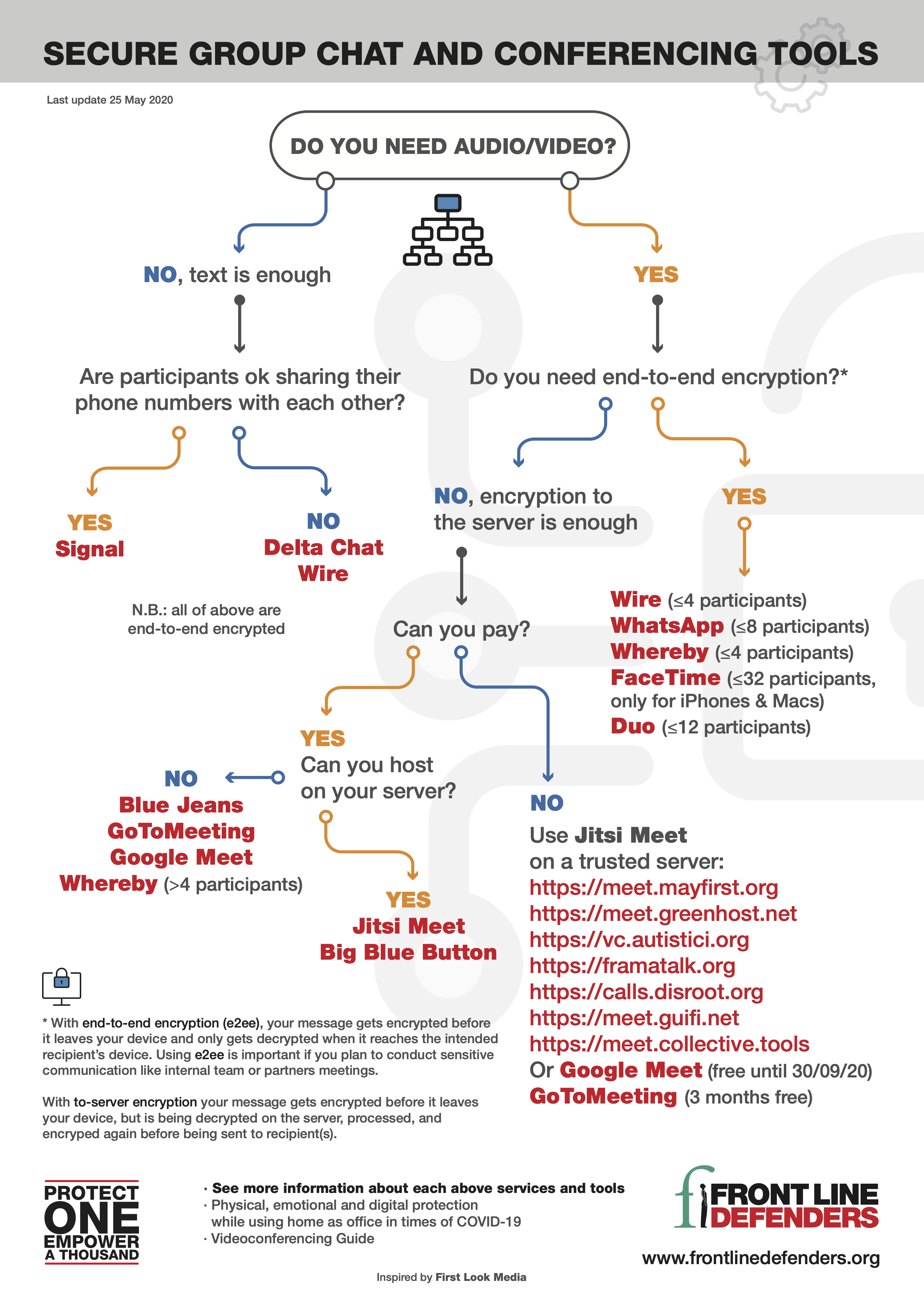In a Blog Post (Council on Foreign Relations of 18 December 2023) Raquel Vazquez Llorente argues that ‘Artificial intelligence is increasingly used to alter and generate content online. As development of AI continues, societies and policymakers need to ensure that it incorporates fundamental human rights.” Raquel is the Head of Law and Policy, Technology Threats and Opportunities at WITNESS
The urgency of integrating human rights into the DNA of emerging technologies has never been more pressing. Through my role at WITNESS, I’ve observed first-hand the profound impact of generative AI across societies, and most importantly, on those defending democracy at the frontlines.
The recent elections in Argentina were marked by the widespread use of AI in campaigning material. Generative AI has also been used to target candidates with embarrassing content (increasingly of a sexual nature), to generate political ads, and to support candidates’ campaigns and outreach activities in India, the United States, Poland, Zambia, and Bangladesh (to name a few). The overall result of the lack of strong frameworks for the use of synthetic media in political settings has been a climate of mistrust regarding what we see or hear.
Not all digital alteration is harmful, though. Part of my work involves identifying how emerging technologies can foster positive change. For instance, with appropriate disclosure, synthetic media could be used to enhance voter education and engagement. Generative AI could help create informative content about candidates and their platforms, or of wider election processes, in different languages and formats, improving inclusivity or reducing barriers for underdog or outsider candidates. For voters with disabilities, synthetic media could provide accessible formats of election materials, such as sign language avatars or audio descriptions of written content. Satirical deepfakes could engage people who might otherwise be disinterested in politics, bringing attention to issues that might not be covered in mainstream media. We need to celebrate and protect these uses.
As two billion people around the world go to voting stations next year in fifty countries, there is a crucial question: how can we build resilience into our democracy in an era of audiovisual manipulation? When AI can blur the lines between reality and fiction with increasing credibility and ease, discerning truth from falsehood becomes not just a technological battle, but a fight to uphold democracy.
From conversations with journalists, activists, technologists and other communities impacted by generative AI and deepfakes, I have learnt that the effects of synthetic media on democracy are a mix of new, old, and borrowed challenges.
Generative AI introduces a daunting new reality: inconvenient truths can be denied as deep faked, or at least facilitate claims of plausible deniability to evade accountability. The burden of proof, or perhaps more accurately, the “burden of truth” has shifted onto those circulating authentic content and holding the powerful to account. This is not just a crisis of identifying what is fake. It is also a crisis of protecting what is true. When anything and everything can be dismissed as AI-generated or manipulated, how do we elevate the real stories of those defending our democracy at the frontlines?
But AI’s impact doesn’t stop at new challenges; it exacerbates old inequalities. Those who are already marginalized and disenfranchised—due to their gender, ethnicity, race or belonging to a particular group—face amplified risks. AI is like a magnifying glass for exclusion, and its harms are cumulative. AI deepens existing vulnerabilities, bringing a serious threat to principles of inclusivity and fairness that lie at the heart of democratic values. Similarly, sexual deepfakes can have an additional chilling effect, discouraging women, LGBTQ+ people and individuals from minoritized communities to participate in public life, thus eroding the diversity and representativeness that are essential for a healthy democracy.
Lastly, much as with social media, where we failed to incorporate the voices of the global majority, we have borrowed previous mistakes. The shortcomings in moderating content, combating misinformation, and protecting user privacy have had profound implications on democracy and social discourse. Similarly, in the context of AI, we are yet to see meaningful policies and regulation that not only consult globally those that are being impacted by AI but, more importantly, center the solutions that affected communities beyond the United States and Europe prioritize. This highlights a crucial gap: the urgent need for a global perspective in AI governance, one that learns from the failures of social media in addressing cultural and political nuances across different societies.
As we navigate AI’s impact on democracy and human rights, our approach to these challenges should be multifaceted. We must draw on a blend of strategies—ones that address the immediate ‘new’ realities of AI, respond to the ‘old’ but persistent challenges of inequality, and incorporate ‘borrowed’ wisdom from our past experiences.
First, we must ensure that new AI regulations and companies’ policies are steeped in human rights law and principles, such as those enshrined in the Universal Declaration of Human Rights. In the coming years, one of the most important areas in socio-technical expertise will be the ability to translate human rights protections into AI policies and legislation.
While anchoring new policies in human rights is crucial, we should not lose sight of the historical context of these technological advancements. We must look back as we move forward. As with technological advancements of the past, we should remind ourselves that progress is not how far you go, but how many people you bring along. We should really ask, is it technological progress if it is not inclusive, if it reproduces a disadvantage? Technological advancement that leaves people behind is not true progress; it is an illusion of progress that perpetuates inequality and systems of oppression. This past weekend marked twenty-five years since the adoption of the UN Declaration on Human Rights Defenders, which recognizes the key role of human rights defenders in realizing the Universal Declaration of Human Rights and other legally binding treaties. In the current wave of excitement around generative AI, the voices of those protecting human rights at the frontlines have rarely been more vital.
Our journey towards a future shaped by AI is also about learning from the routes we have already travelled, especially those from the social media era. Synthetic media has to be understood in the context of the broader information ecosystem. We are monetizing the spread of falsehoods while keeping local content moderators and third-party fact-checkers on precarious salaries, and putting the blame on platform users for not being educated enough to spot the fakery. The only way to align democratic values with technology goals is by both placing responsibility and establishing accountability across the whole information and AI ecosystem, from the foundation models researchers, to those commercializing AI tools, and those creating content and distributing it.
In weaving together these new, old, and borrowed strands of thought, we create a powerful blueprint for steering the course of AI. This is not just about countering a wave of digital manipulation—it is about championing technology advancement that amplifies our democratic values, deepens our global engagement, and preserves the core of our common humanity in an increasingly AI-powered and image-driven world. By centering people’s rights in AI development, we not only protect our individual freedoms, but also fortify our shared democratic future.
https://www.cfr.org/blog/protect-democracy-deepfake-era-we-need-bring-voices-those-defending-it-frontlines



